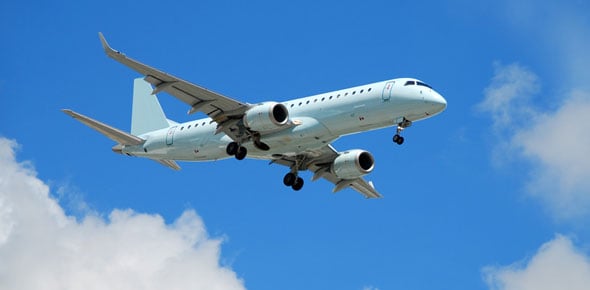Embraer 190 - Normal Procedures (Sopm)
- SOPM
- FAA
- EASA
2.
You may optionally provide this to label your report, leaderboard, or certificate.
Submit
×
Thank you for your feedback!
















